Are Community-Based Residency Programs Located in High-Need Areas? [Health care services, delivery, and financing]
Annals of Family Medicine
NOVEMBER 20, 2024
Context: Community-based residency programs (CBRPs), which are defined as Teaching Health Centers (THCs) and programs with Rural Training Track (RTTs), produce physicians that are more likely to practice in rural and other underserved areas. Further, most family medicine residents remain within 50 miles of their residency graduate location.

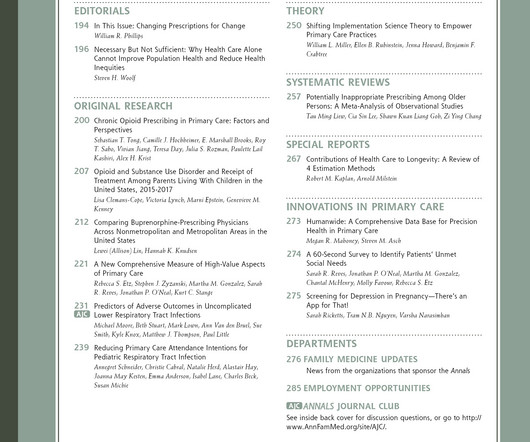
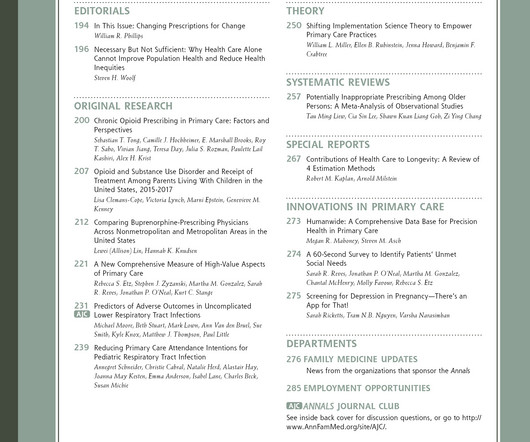

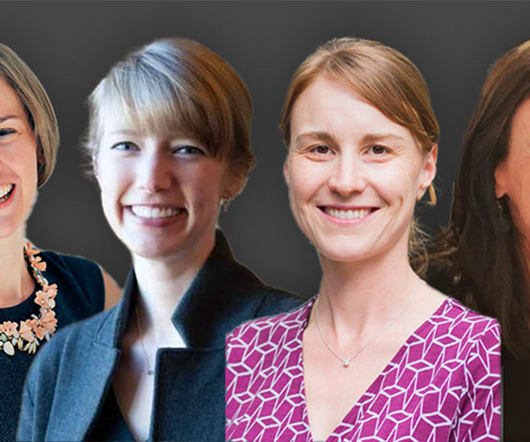
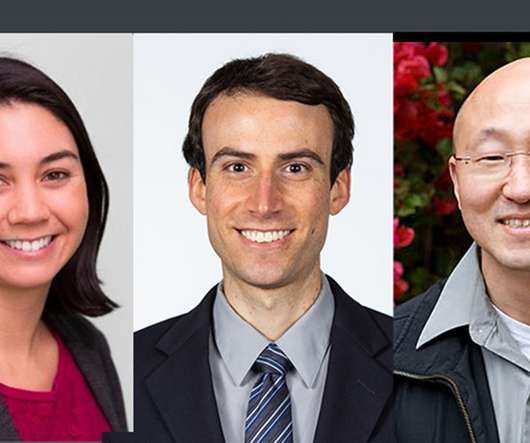
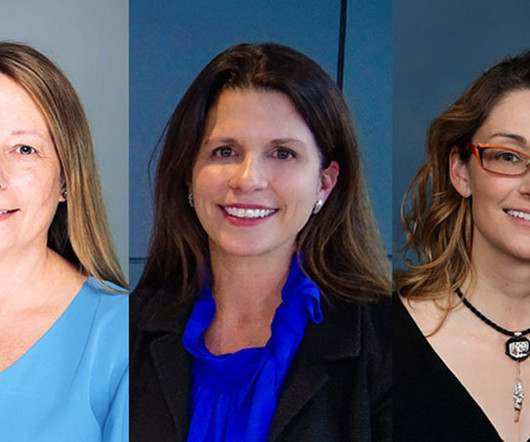







Let's personalize your content